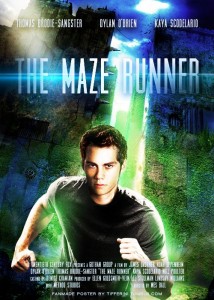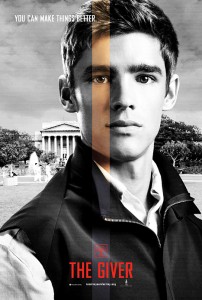The Equalizer
Posted on September 25, 2014 at 5:59 pm
B| Lowest Recommended Age: | Mature High Schooler |
| MPAA Rating: | Rated R for strong bloody violence and language throughout, including some sexual references |
| Profanity: | Very strong and crude language |
| Alcohol/ Drugs: | Drinking, drugs and drug dealing |
| Violence/ Scariness: | Extended and very graphic violence, with many characters injured and killed and graphic and disturbing images |
| Diversity Issues: | Diverse characters |
| Date Released to Theaters: | September 26, 2014 |
| Date Released to DVD: | December 29, 2014 |
| Amazon.com ASIN: | B00NX6WZIS |

The only thing nicer than having a real-life friend who could circumvent any obstacle of power or law or, you know, logic to deliver the roughest but most just of rough justice would be to have that friend be Denzel Washington. And that’s the story of “The Equalizer,” very loosely based on television series starring Edward Woodward, but in theme and character closer to a superhero saga.
Washington plays Bob McCall, a kind and quiet inventory clerk at a big box store, but we can tell right away that he has seen some stuff and knows even more stuff. His alarm clock goes off in a room so spare it might be occupied by a monk. But the bed has not been slept in. Bob prepares for the day, serious, precise, and methodical. He does one thing at a time. At work, he eats his bag lunch and gently but firmly coaches his young colleague Ralphie (Johnny Skourtis) on losing weight and working on the skills he will need to pass the test for security guard. And at night, he brings a book to the diner (Hemingway’s The Old Man and The Sea), sits at a table, unwrapping the tea bag he brought with him, and exchanges a few words with Teri (Chloë Grace Moretz), a young “escort.” “The old man met his adversary just when he thought that part of his life was over,” Bob tells Teri. “The old man got to be the old man. The fish got to be the fish. Got to be what you are in this world.” But what is Bob? And what is Teri?
We do not know Bob’s past, but we know he has one (especially if we’ve seen the trailer). If, as Spider-Man learns, with great power comes great responsibility, then with great power come some wrenching conflicts as well. When Ralphie and Terri get in trouble, Bob will step in, risking escalation, retribution, and blowing whatever cover he has worked very hard to create. On the other hand, if he does not step in, it will not be much of a movie. And if you have any question, his next choice of classic literature will make it clear: Don Quixote, who “lives in a world where knights don’t exist anymore.” In his own way, Bob is a Knight of Rueful Countenance. But unlike Don Quixote, Bob does not tilt at windmills. He takes on very bad people and he is very, very good at it. “The two most important days in your life are the day you are born and the day you find out why,” the film tells us at the beginning, quoting Mark Twain. Bob was not born to haul sacks of gravel.
A superhero movie has to have a character with power, whether it is money plus gymnastics and cool toys (Batman) or extra strength and speed (pretty much all of the Avengers). But we usually like them to have a secret or at least downtime identity — Bruce Wayne, Clark Kent, Tony Stark. There’s a lot of satisfaction in seeing them take down the bad guys. But there is even more satisfaction in what I call the “who is that chef?” moments (a reference to Under Siege). It’s not enough to kick the butt of the bad guy, you have to have the vast, immense, profound satisfaction of letting him know just how massively he has underestimated you. I mean Bob.
We get a lot of both in this film as Bob takes on bigger, meaner, and tougher bad guys in bigger, meaner, tougher confrontations. Bob likes to set his stopwatch so we know he is setting himself against more than the bad guys; he is still in some competition with, what? His abilities when he was younger? Or, as he says, “progress, not perfection” — is he moving toward some goal that is still just out of his reach?
Basically, this is a slow burn movie, with a build-up to introduce us to the characters and then a series of action sequences, all well staged but very, very violent, as to be expected from director Antoine Fuqua (“Training Day”). The bad guys are very, very, very bad. The good guy is very, very, very, very good. Denzel Washington is as good as it gets.
And a sequel is in the works.
Parents should know that this movie is extremely violent, with many characters injured and killed and many explicit and disturbing images. Characters use strong language. Bad guys use every possible kind of weapon and engage in every possible kind of criminal behavior including sex trafficking, extortion and arson, and drug dealing.
Family discussion: Why did Bob go to see his former colleague? What did he learn from the classic books he read?
If you like this, try: “Training Day”




